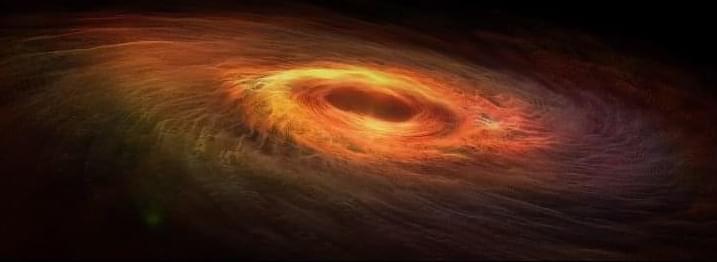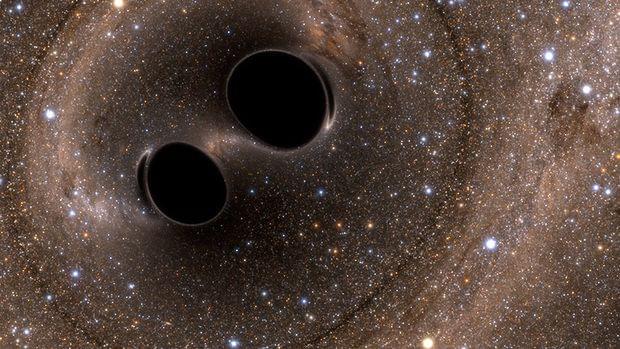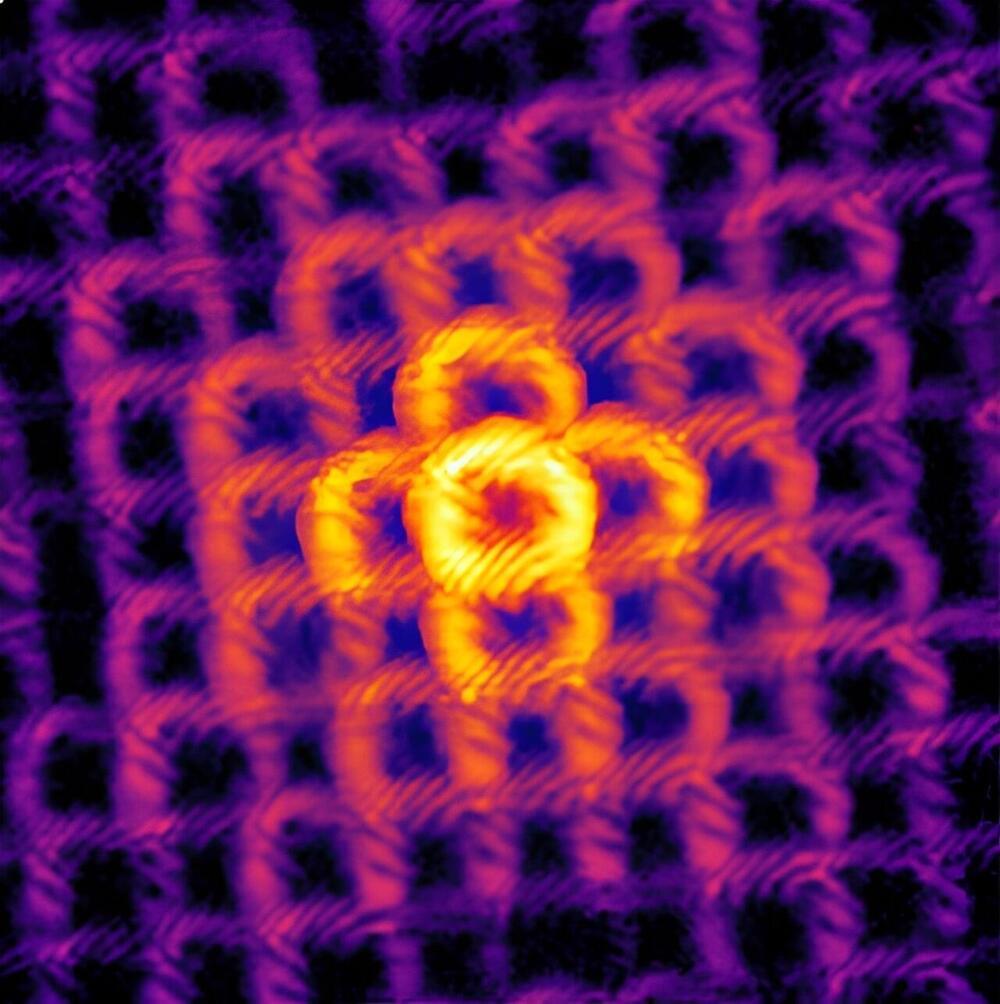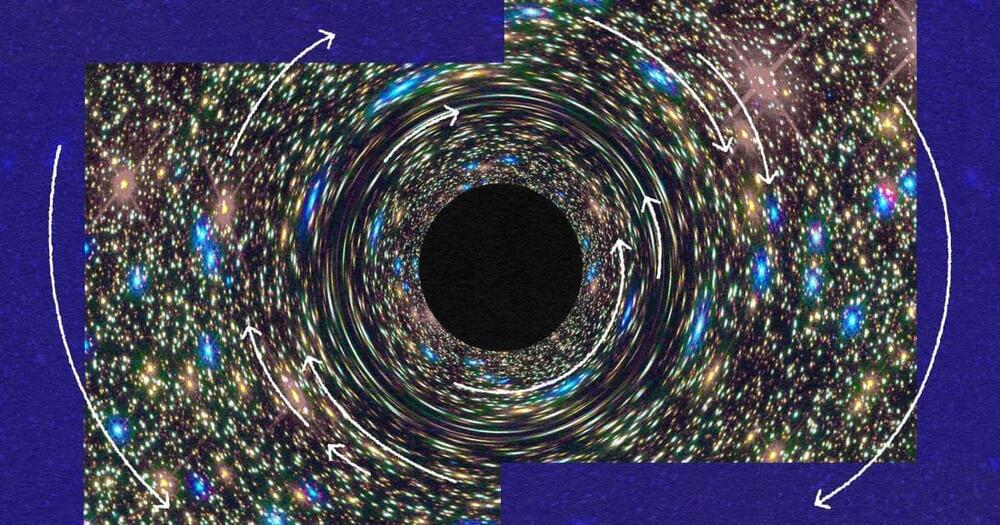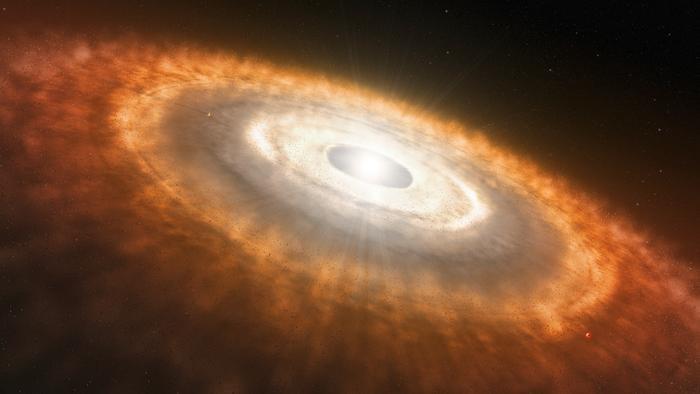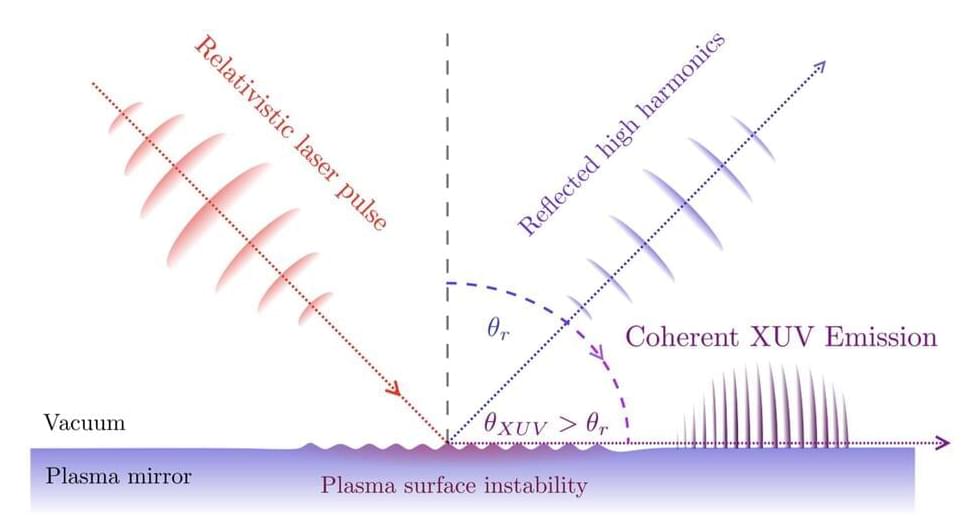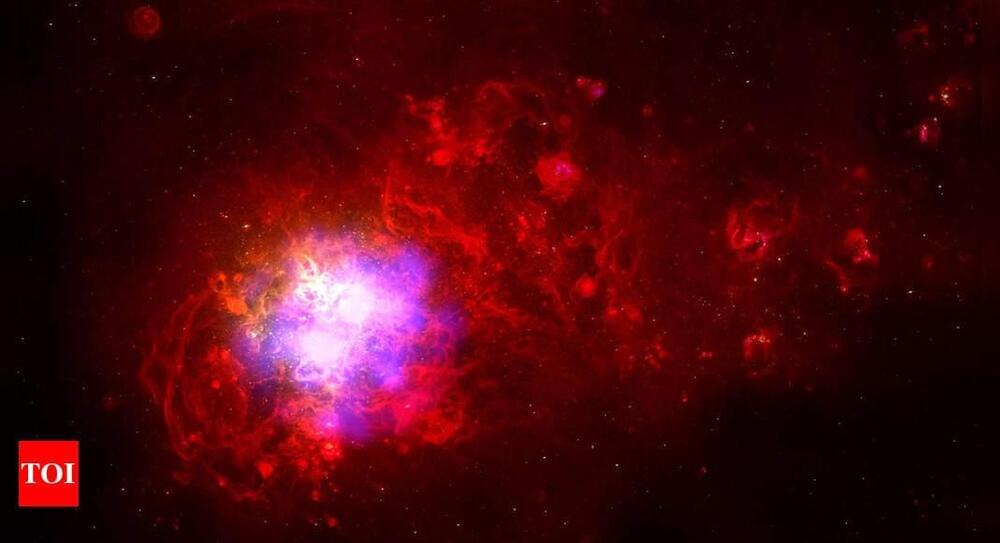Dec 7, 2023
Black holes really just ever-growing balls of string, researchers say
Posted by Dan Breeden in categories: cosmology, physics
Black holes aren’t surrounded by a burning ring of fire after all, suggests new research.
Some physicists have believed in a “firewall” around the perimeter of a black hole that would incinerate anything sucked into its powerful gravitational pull.
But a team from The Ohio State University has calculated an explanation of what would happen if an electron fell into a typical black hole, with a mass as big as the sun.
